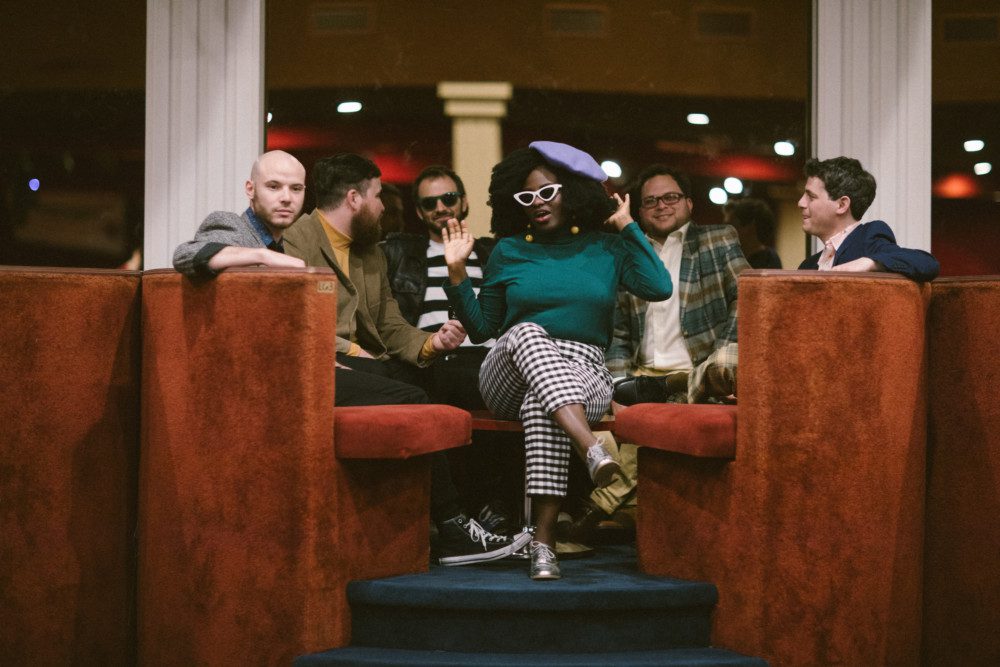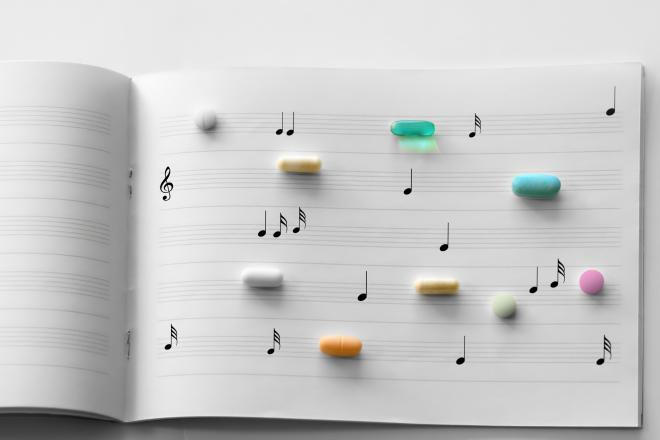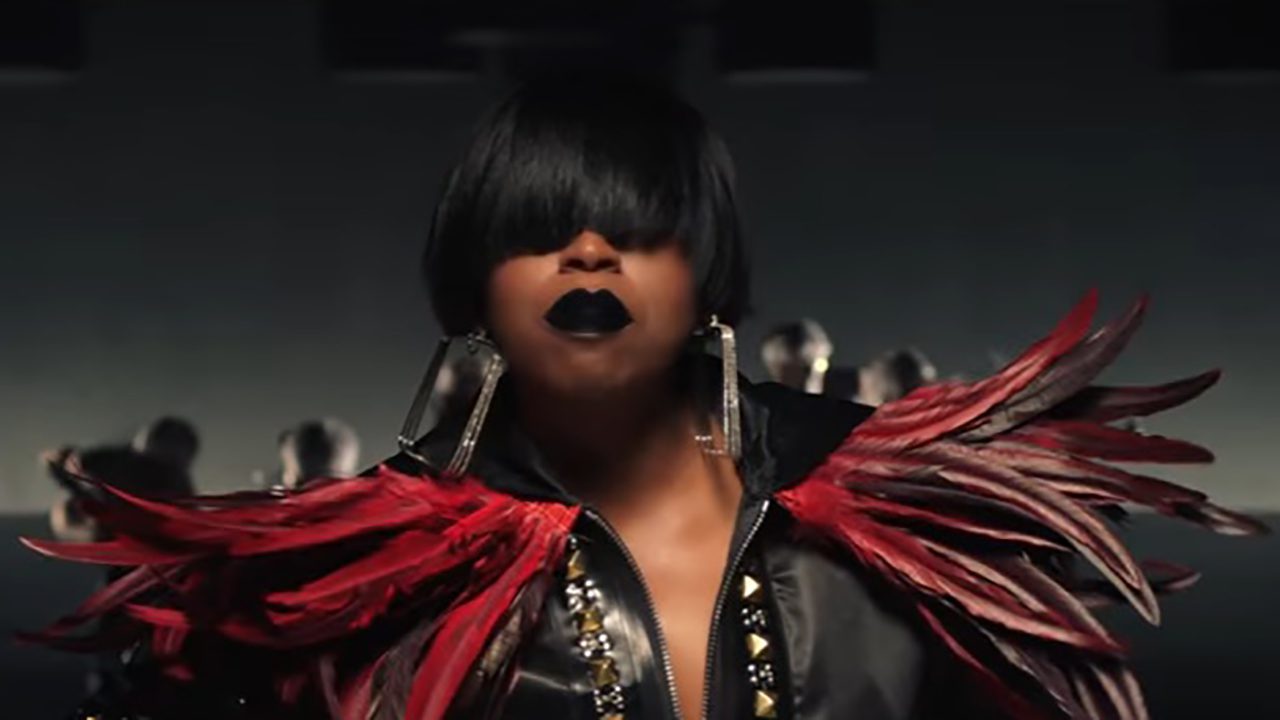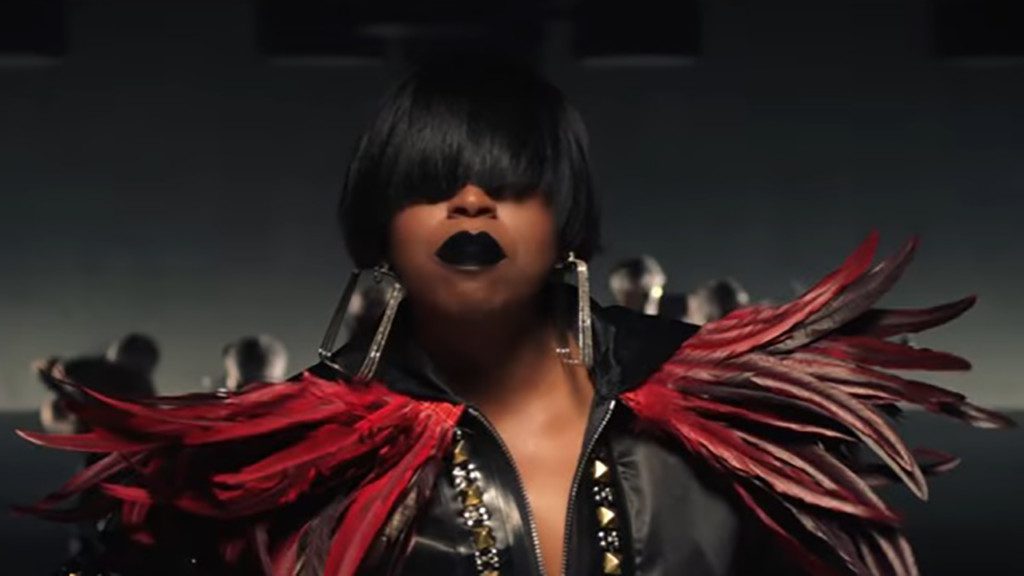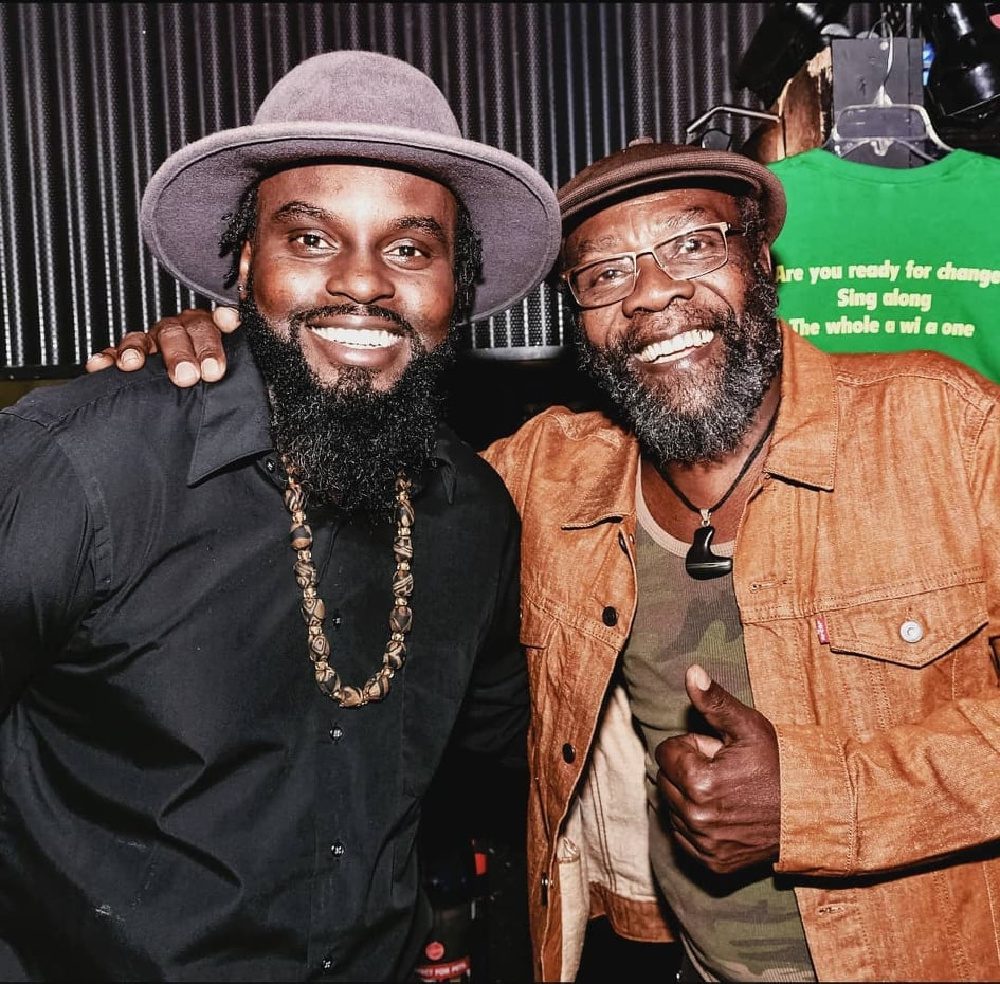

This Saturday, August 14th, The Canal in Ballard hosts the First Annual Seattle International Reggae Festival. Founder and promoter Jeremiah Blake, known in the music world as Andrew Hype, promises a fun, family-friendly experience of reggae music, art and culture and, if all goes well, hopes to make it an annual tradition. “It’s like the new birth of a new baby. We going to watch it grow, you know?” says Blake. “Just expect great food, great music, great artwork.”
Hosting this festival shows just how far Seattle’s reggae scene has come. When Blake first moved to Seattle in 2001, there were hardly any Jamaicans in the area, except for a few pioneering Pacific northwest reggae artists like Clinton Fearon, who helped establish a local scene. But in the last twenty years, the number of Jamaican immigrants in Seattle has grown steadily, and as a result, Afro-Caribbean musical styles like reggae have become more prevalent.
“Everyday I see more Jamaicans coming to Seattle. Seattle’s a good place to live so you find more people gravitating to Seattle,” says Blake. “I got here in 2001 [when] the reggae scene was a bit shaky, like, you could find one reggae spot. It’s grown massive, huge, since then. You can find reggae actually every day of the week now at places like Red Lounge and Havana.”
Still, Blake had never planned to do a festival until the pandemic hit, forcing everyone to quarantine. Blake says the inability to get together and perform took its toll on the community reggae musicians and promoters had been building, so when restrictions on gathering loosened, he was inspired to put on a new festival and offer artists a fresh way to be together.
“The artists, they are having cabin fever right now, they’re trying to do their thing,” says Blake. “And we promoters are so in the same mode. We’re longing to see artists on stage and getting back to normal. As we get opportunity now for events and stuff like that we going to take this first opportunity to bring forward a reggae event.”
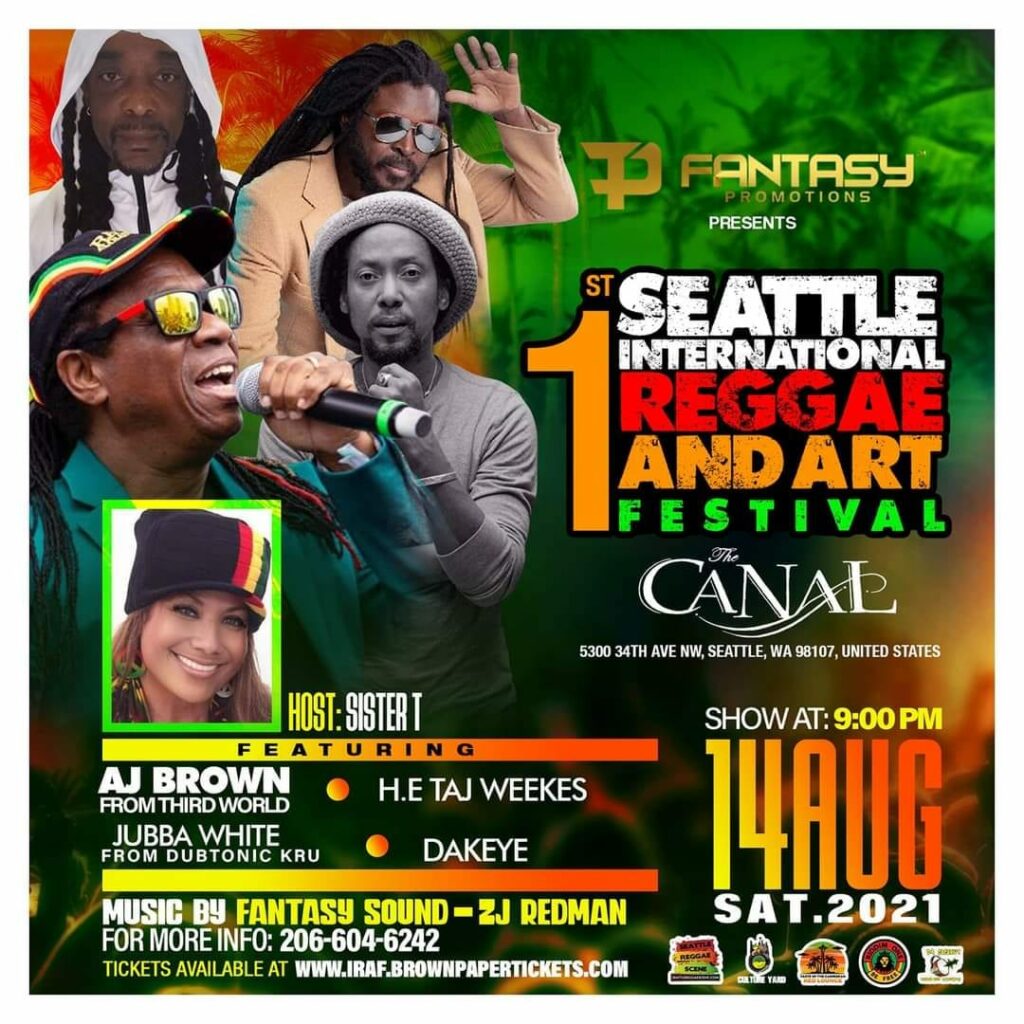
This isn’t just any reggae event, either—it’s truly international, and Blake says there will be opportunities for festival-goers to meet and greet with certain artists. For instance, international reggae star AJ Brown, of the legacy Kingston-based reggae band Third World, will be performing, as well as New York-based reggae artist Taj Weekes, Portland’s Jubba White from Dubtonic Kru, and Trinidad’s Dakeye are all slated to perform.
Additionally, the festival will feature a solo performance from Seattle-based reggae artist Nkrumah Miller, also known as Black Puma, and a member of local reggae band Irie Lights. Similar to Blake, Miller moved to Seattle in 2001 and, with his soulful blend of hip hop, fusion, reggae, dancehall and Reggaetón, has found a sizable following here in Seattle.
“The reggae scene at this point in time is alive. There’s a lot of bands out there and a lot of people loving it, especially the roots and reggae music, it’s booming,” says Miller. “And it’s not only happening here, but across the state.”
Music starts Saturday night at 9 pm, but starting at 12 pm that day, AJ Brown, who is also an accomplished visual artist, will be leading art classes for all ages called “Paint n’ Sip.” Ticket pricing for the festival is offered at different levels depending on whether you attend both the painting class and the show, or just one part of the festival. Additionally, there will be Jamaican food and vendors for attendees to enjoy.
“I am also a chef. We do catering and pop-up Jamaican cuisine,” says Blake. “Most of the [reggae] events and shows in Seattle you can find my food there.”
Regardless of how much of the day you decide to spend at the festival, Blake and Miller promise there will be plenty of “positive vibes” to go around.
“I’m excited to see the people, the interaction of the people, the kids, the families, and the good vibes after this Corona virus and quarantine keeping us from enjoying the natural music of life,” says Miller. “Now we have an opportunity at this event that’s bringing us together. It’s a blessing, mon, and I’m looking forward to performing.”
Follow Andrew Hype on Facebook for ongoing updates about the First Annual Seattle International Reggae Festival and other events.

